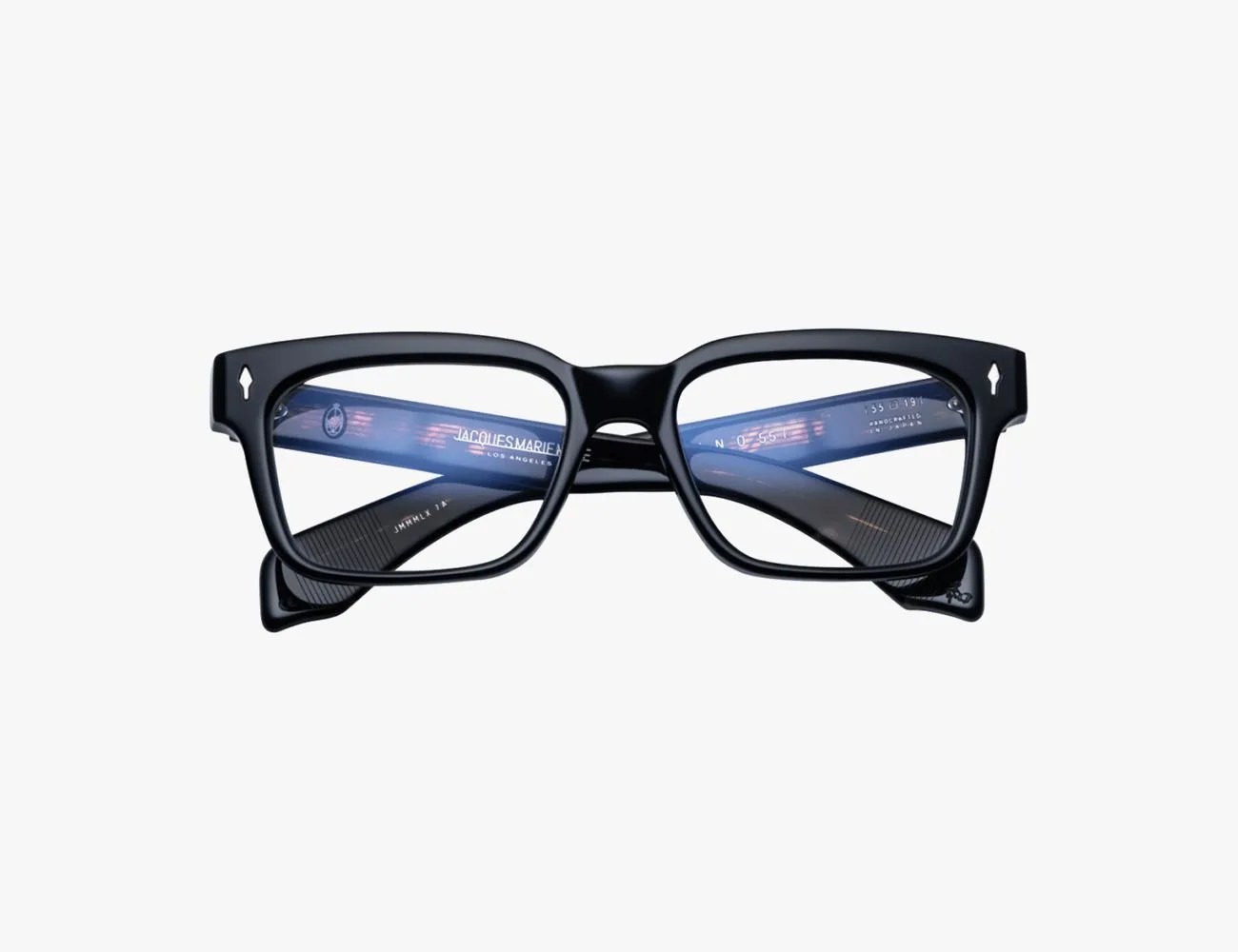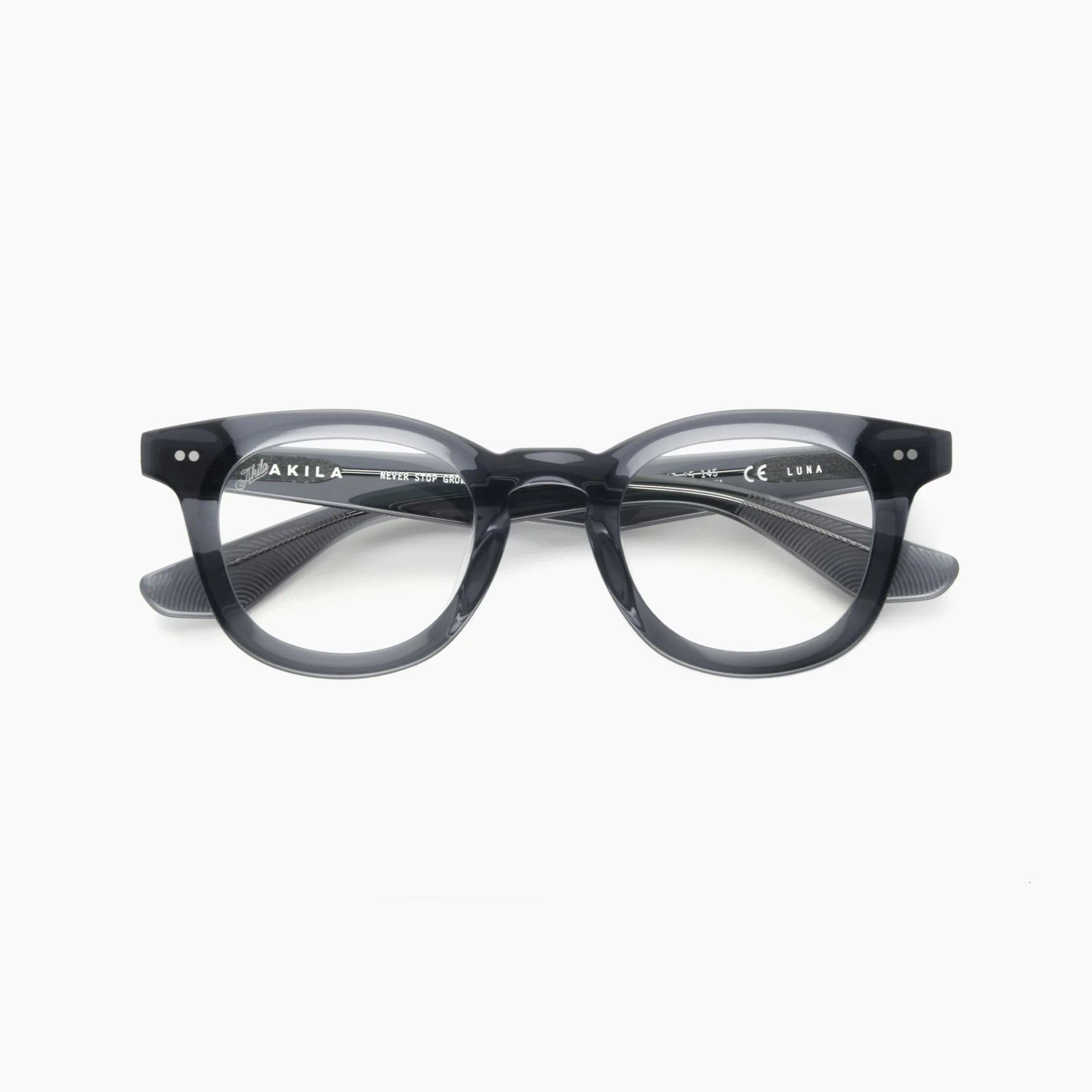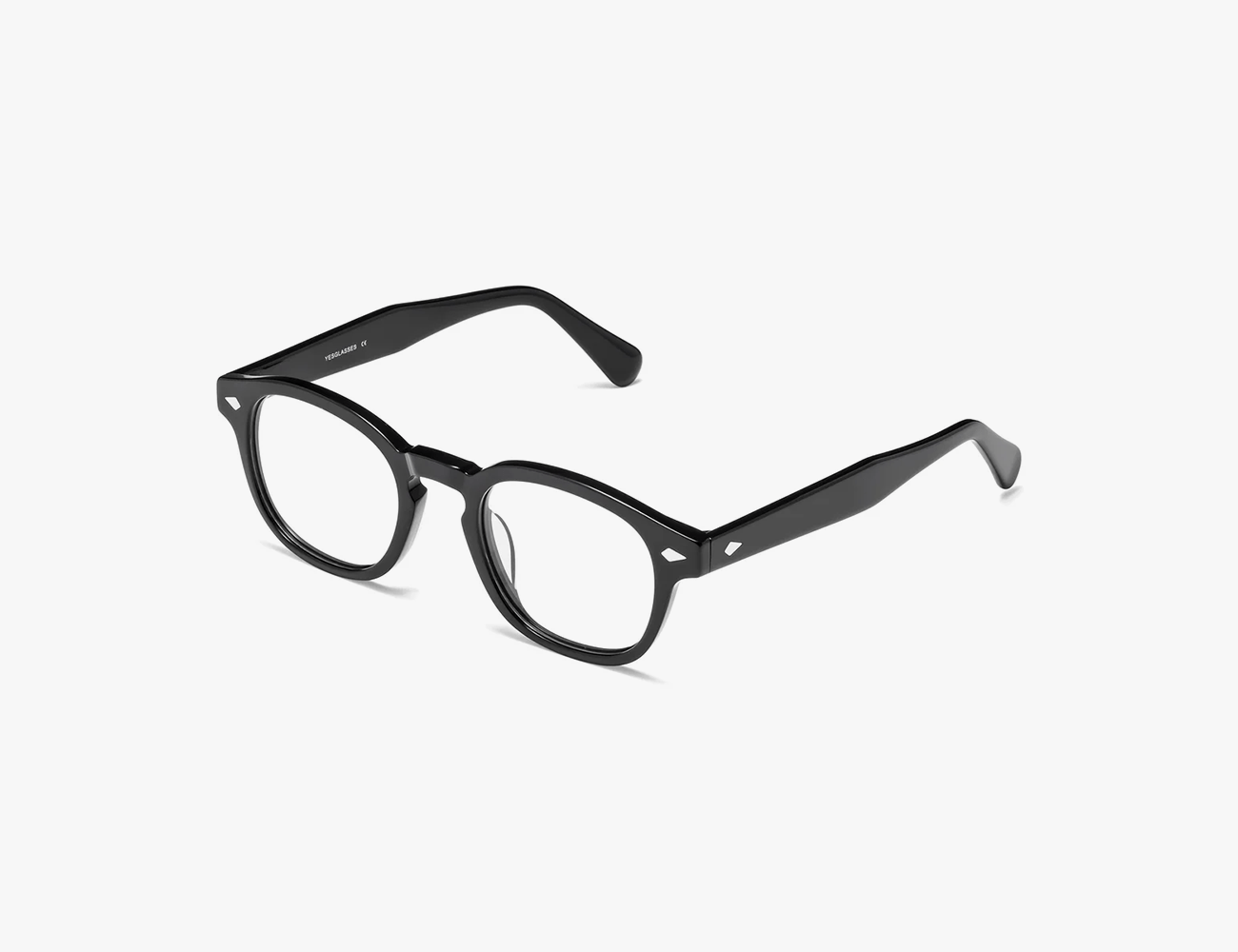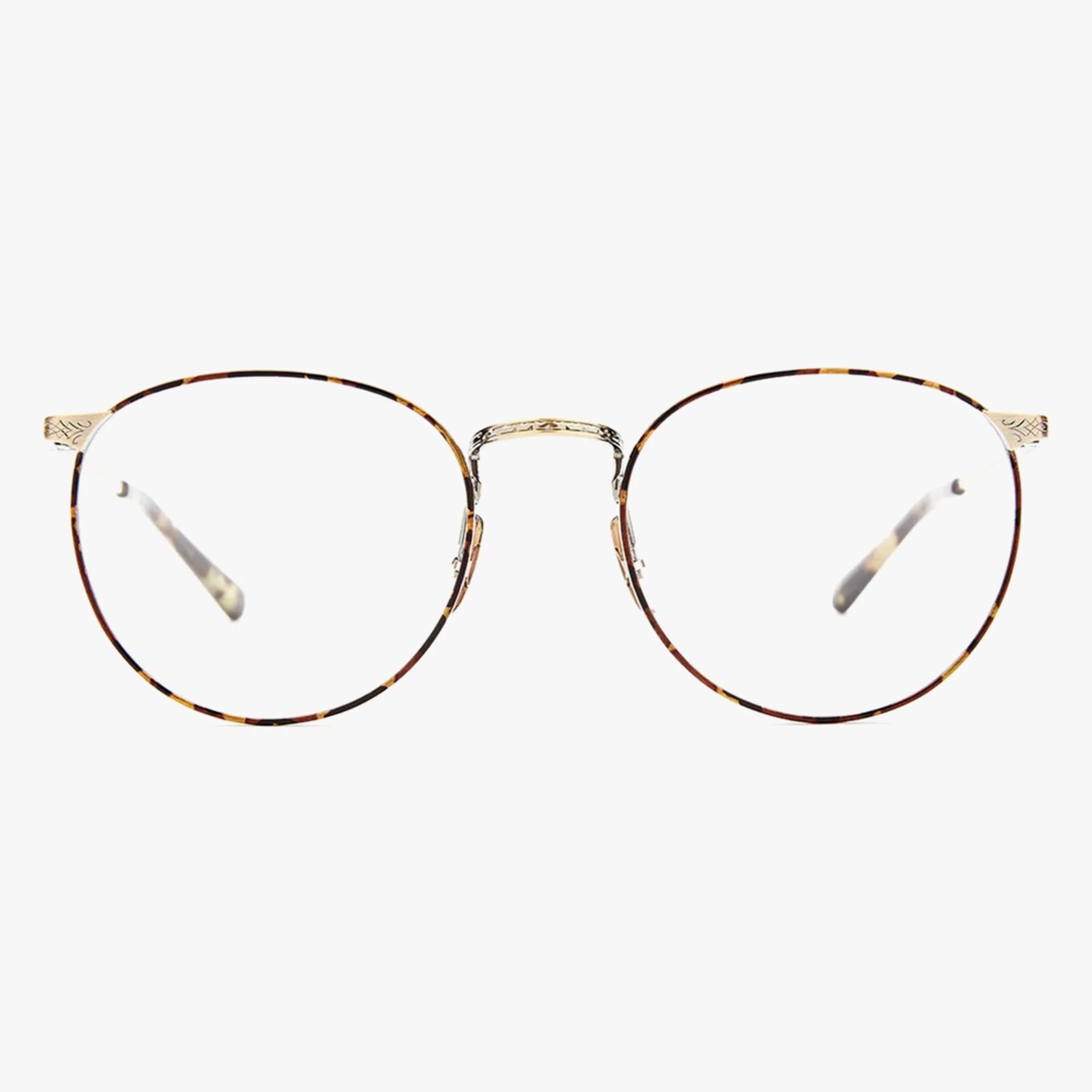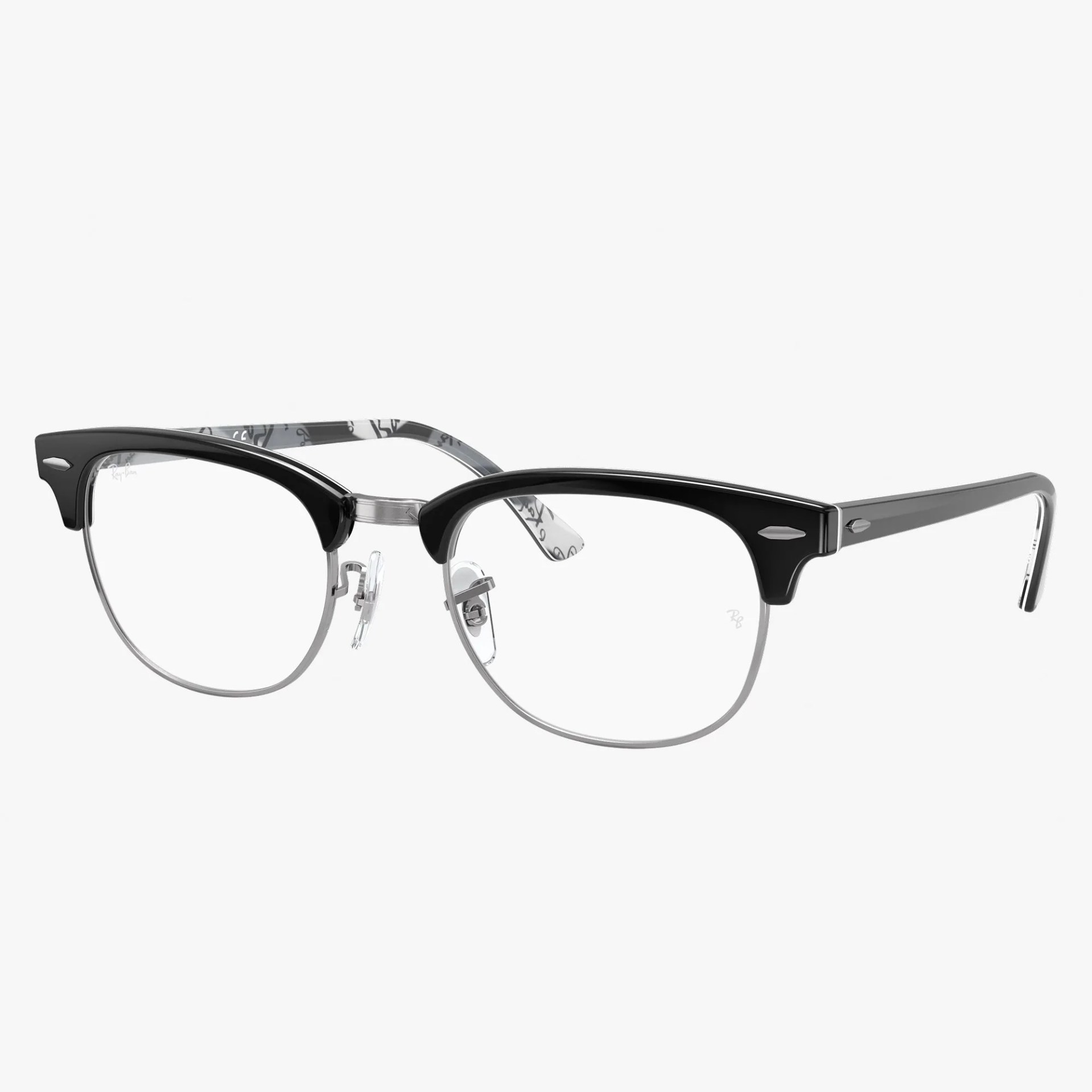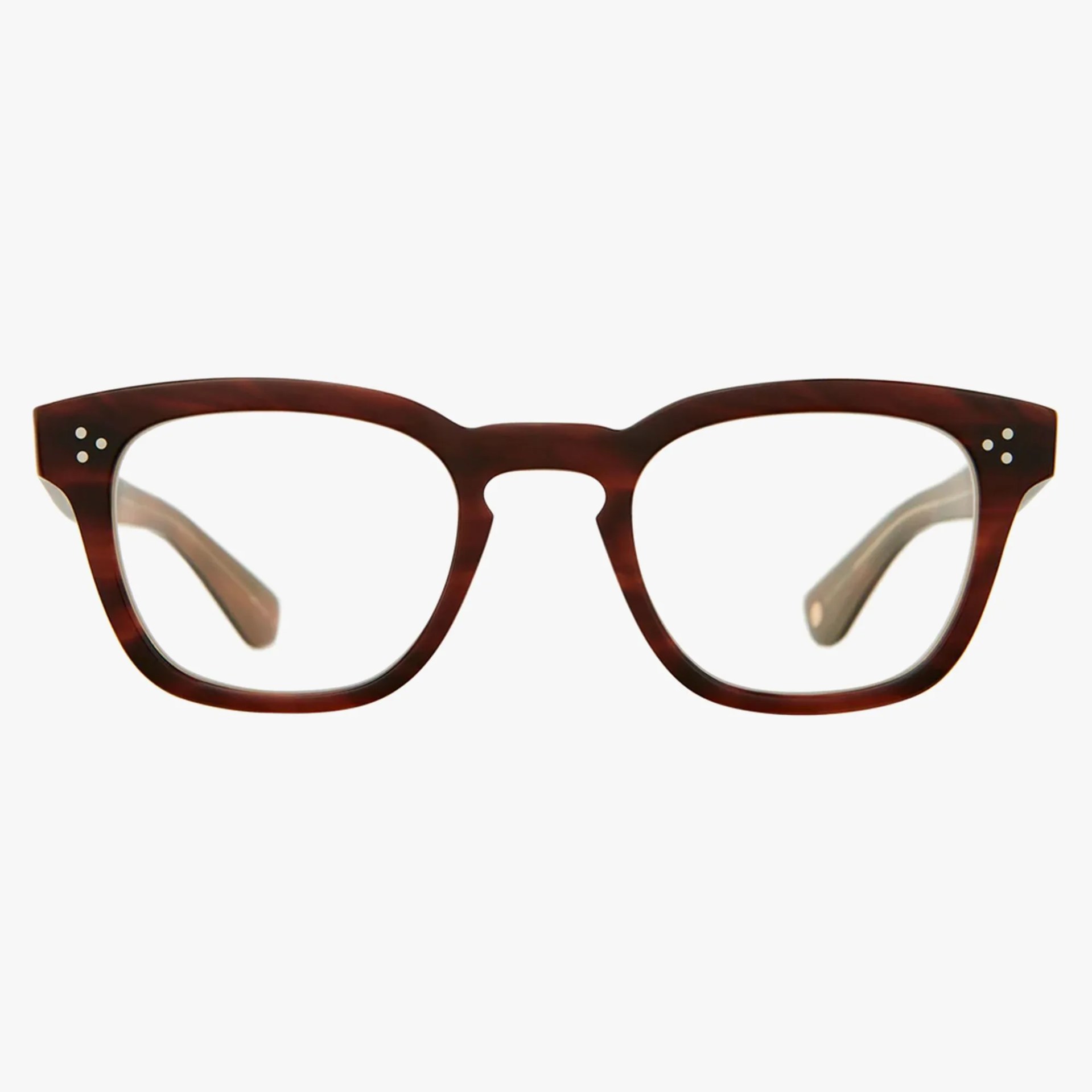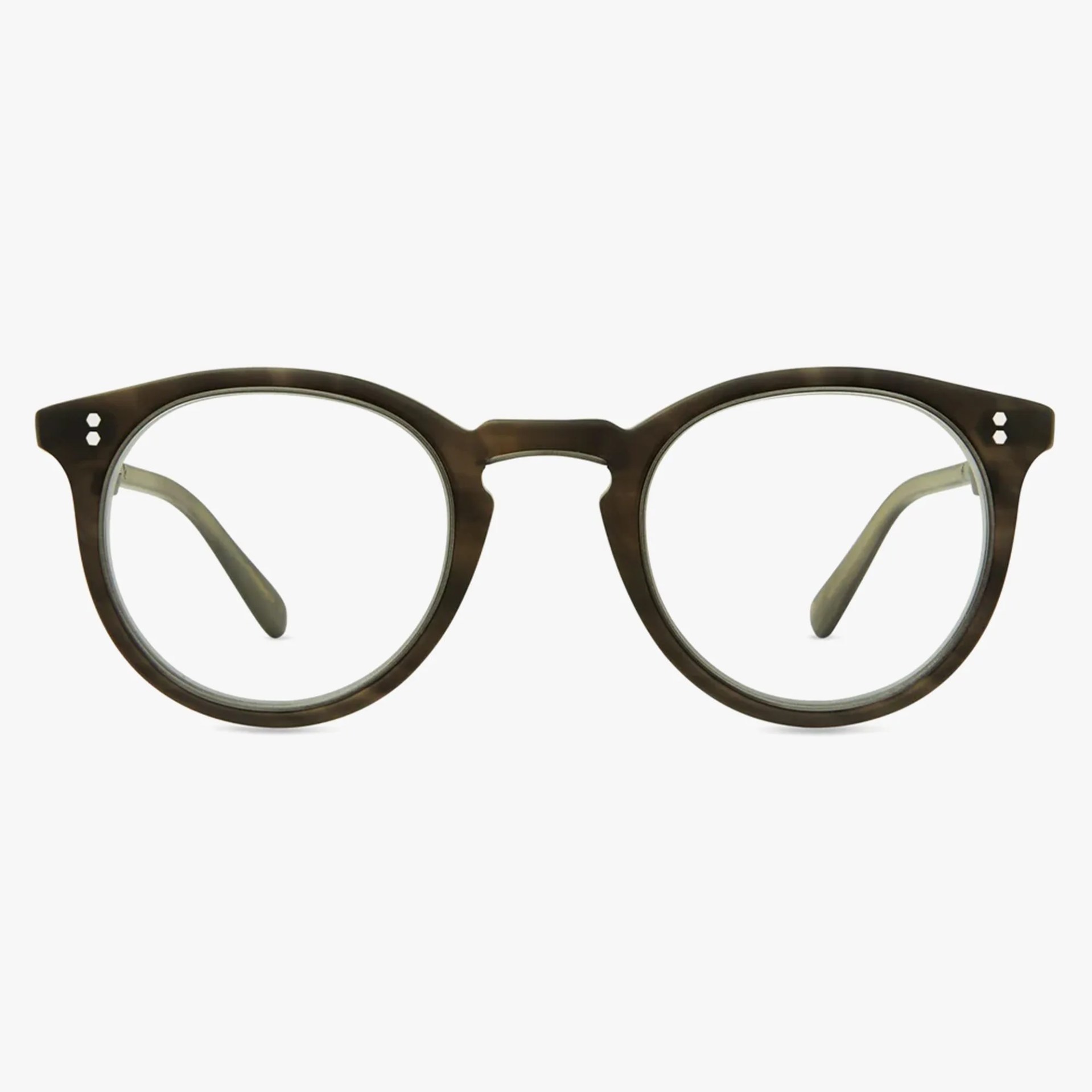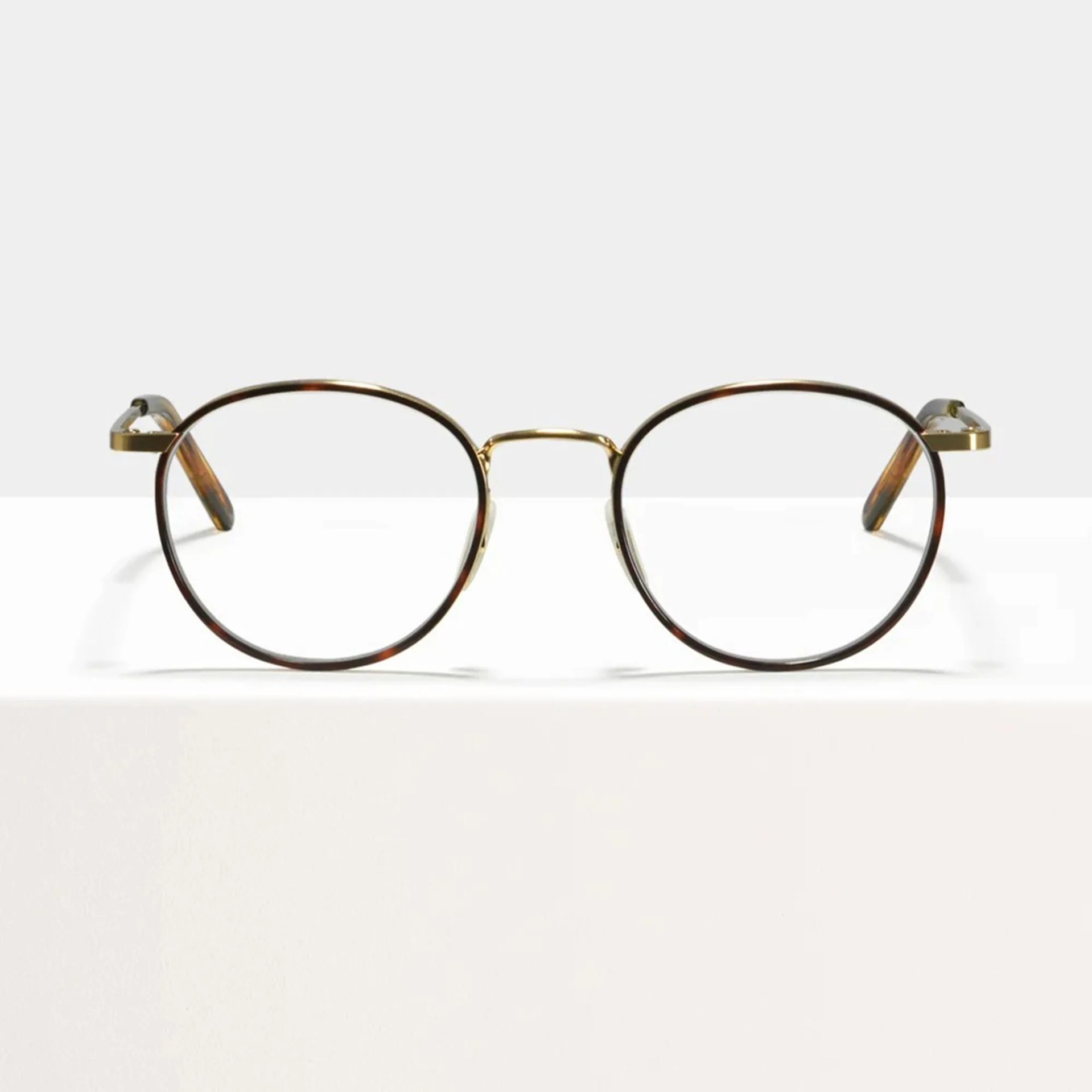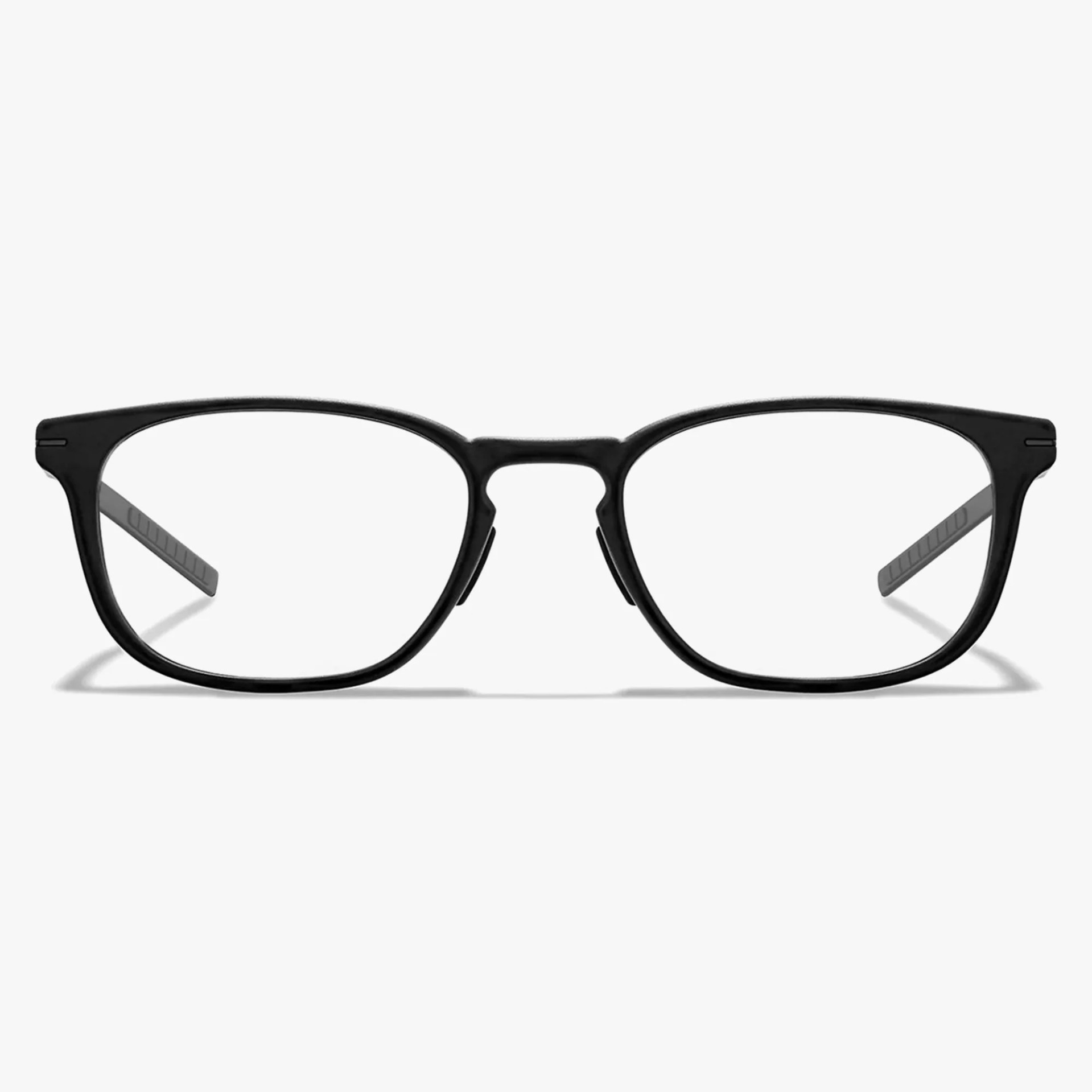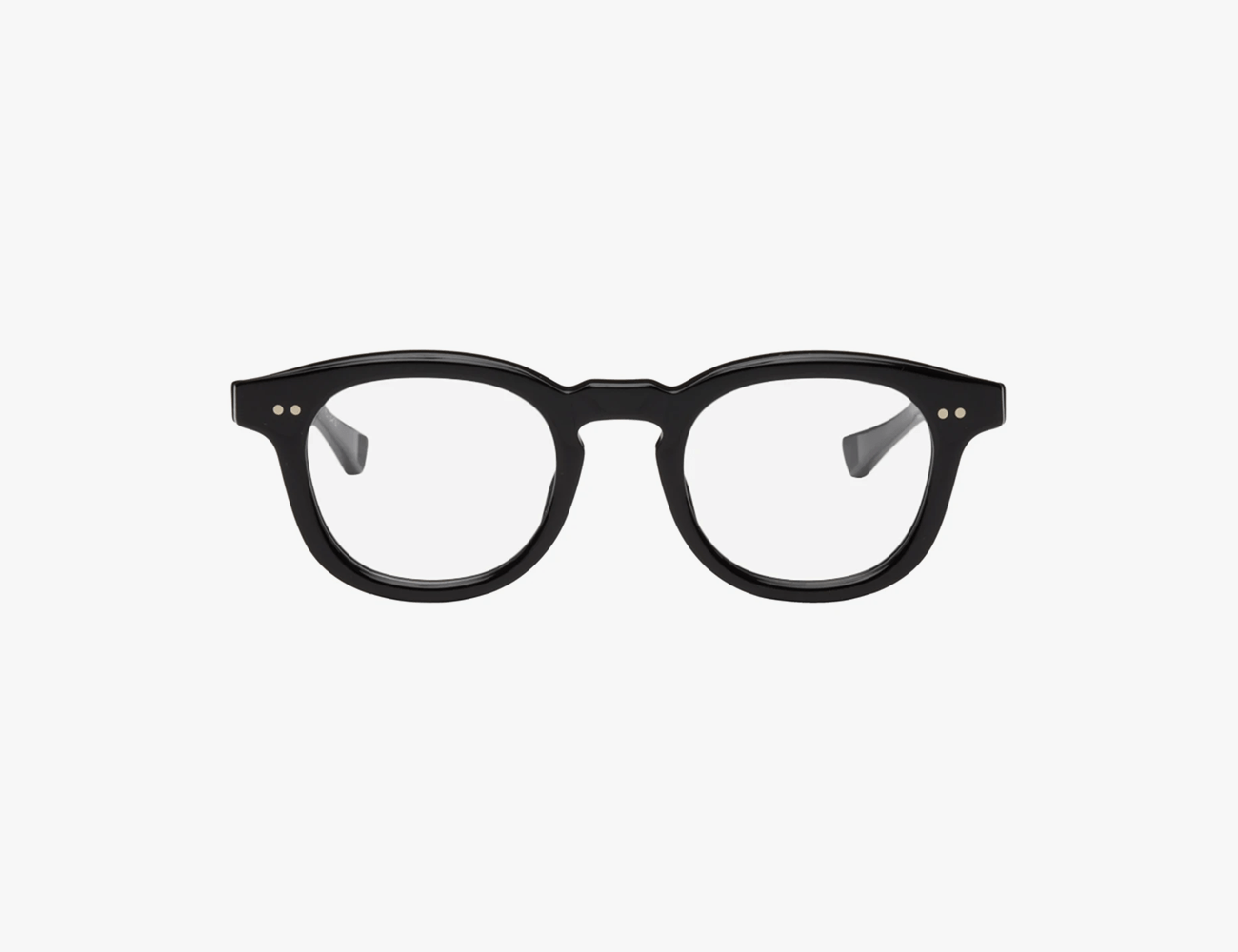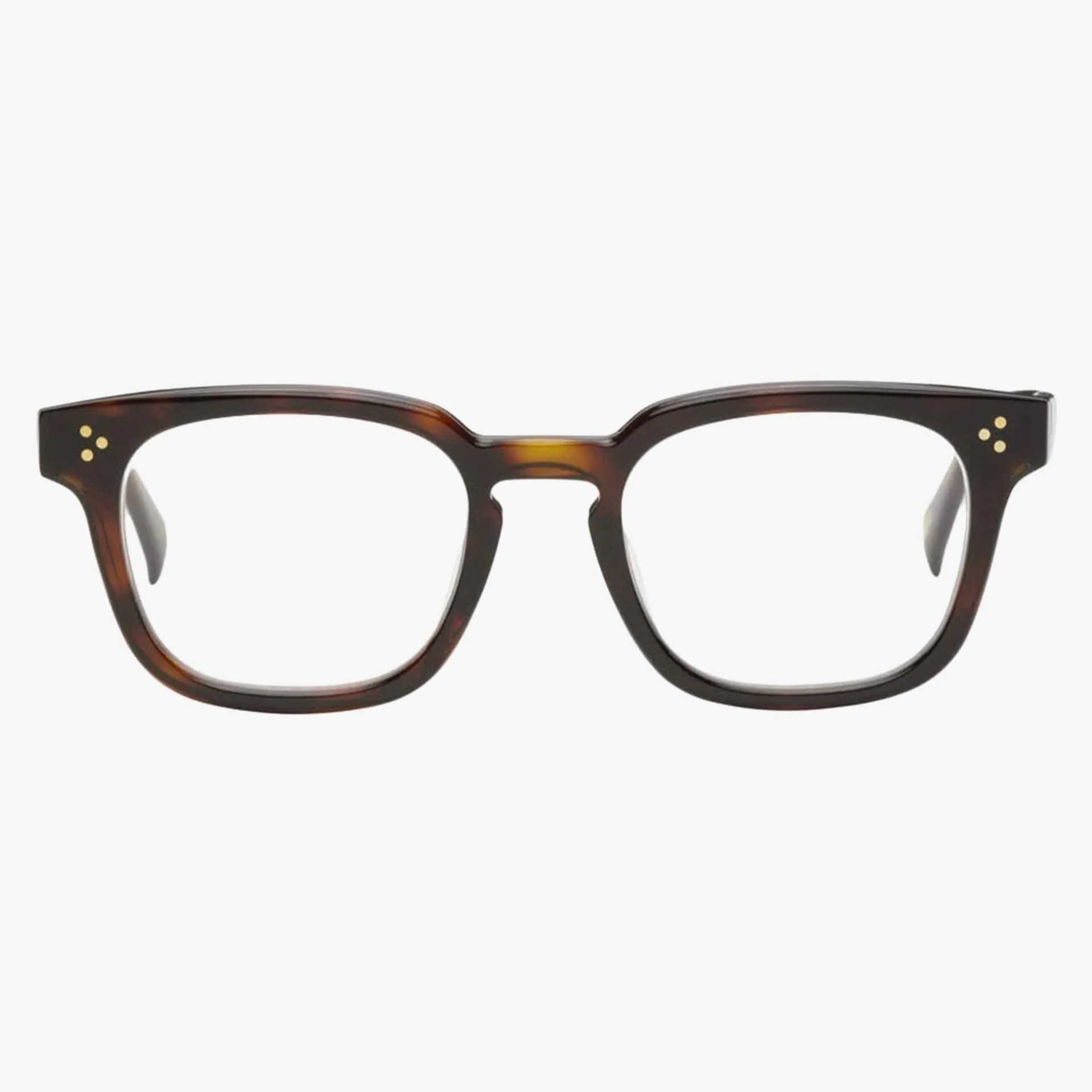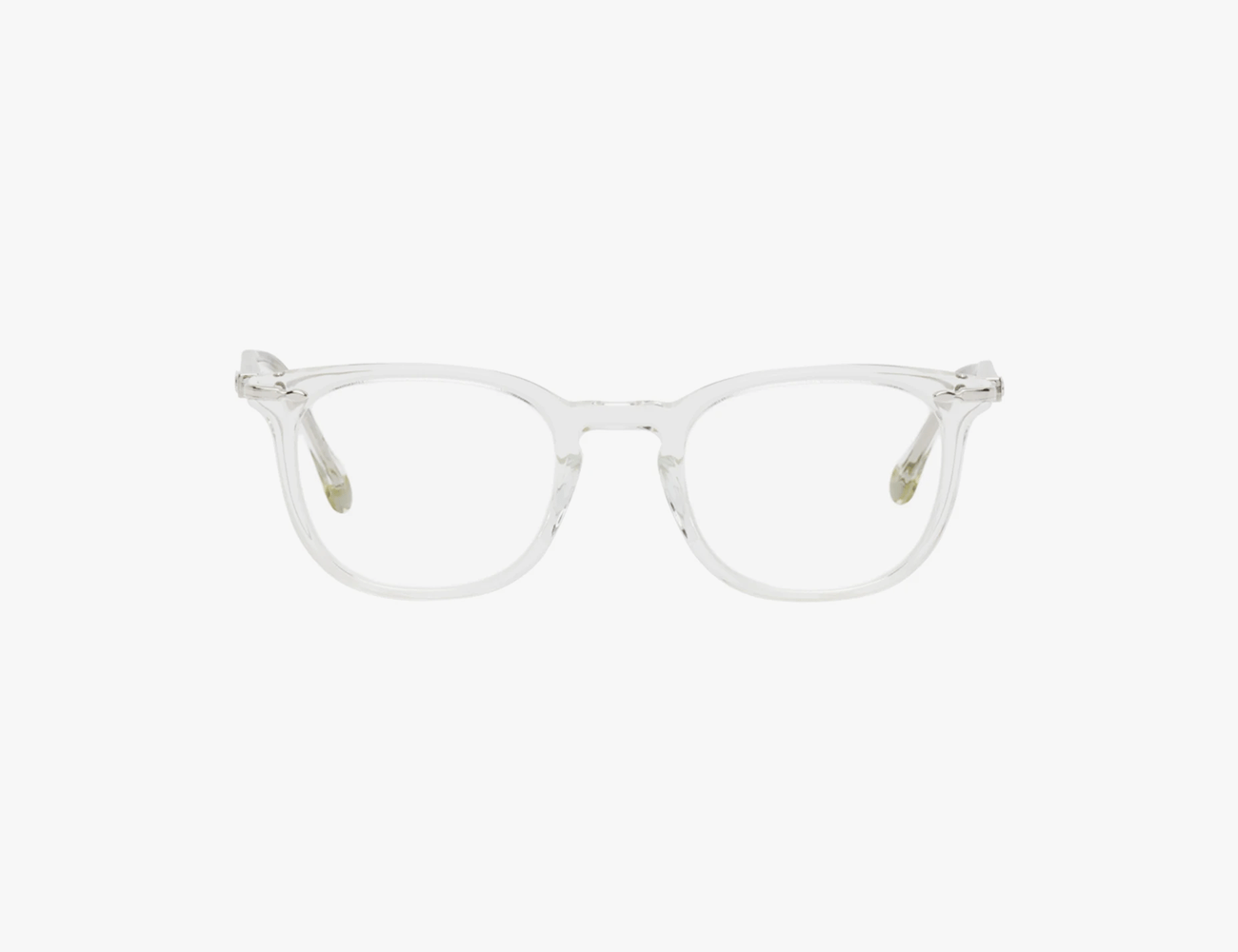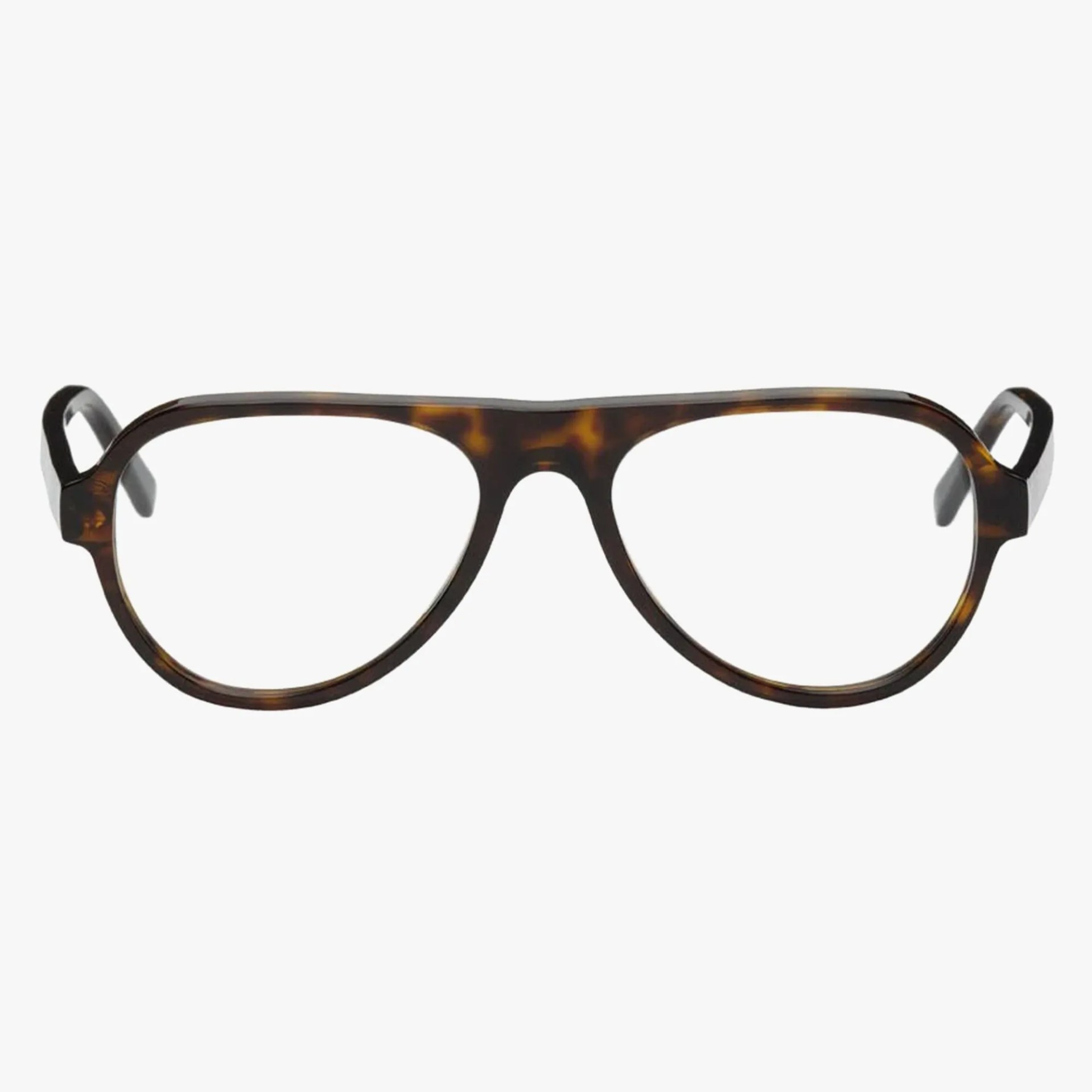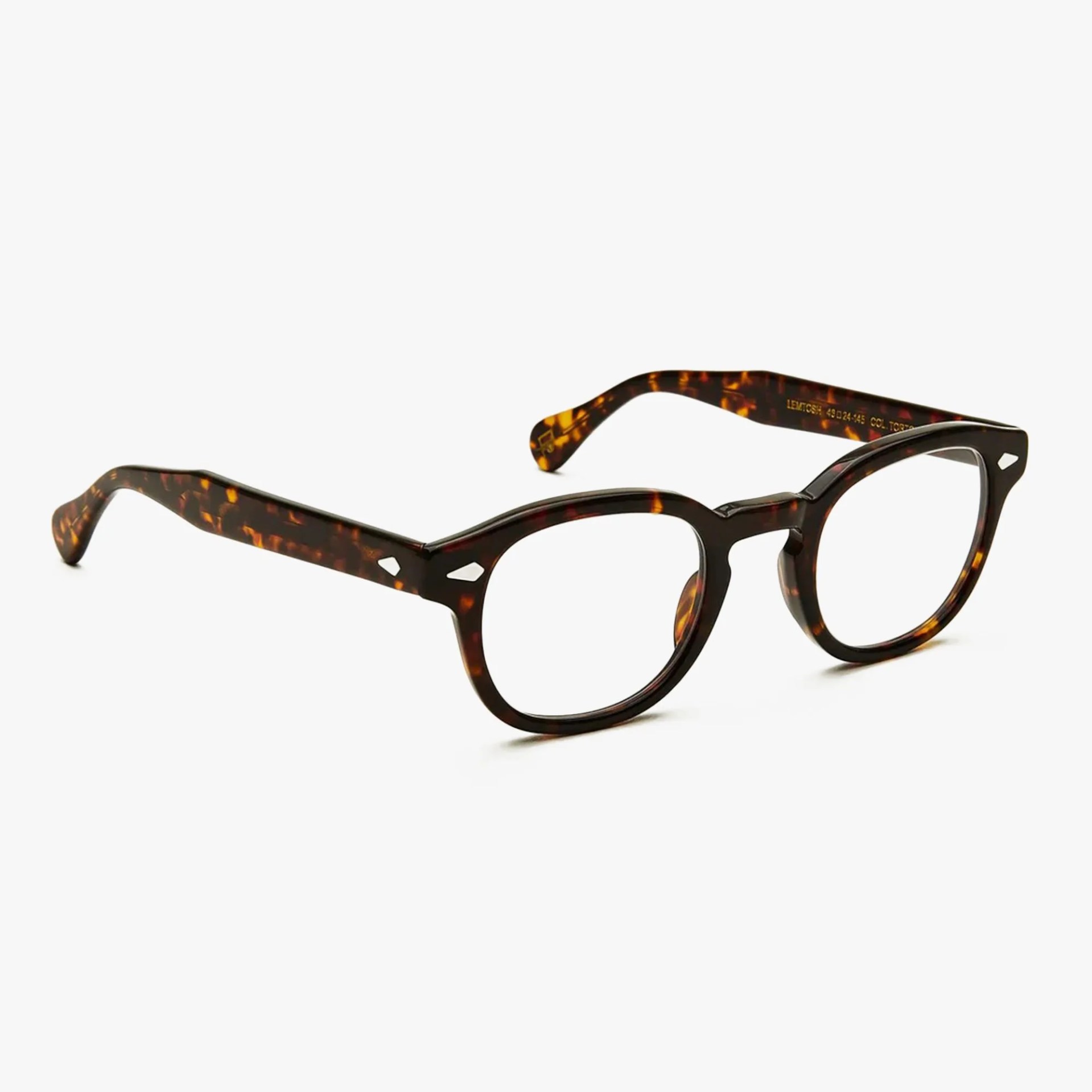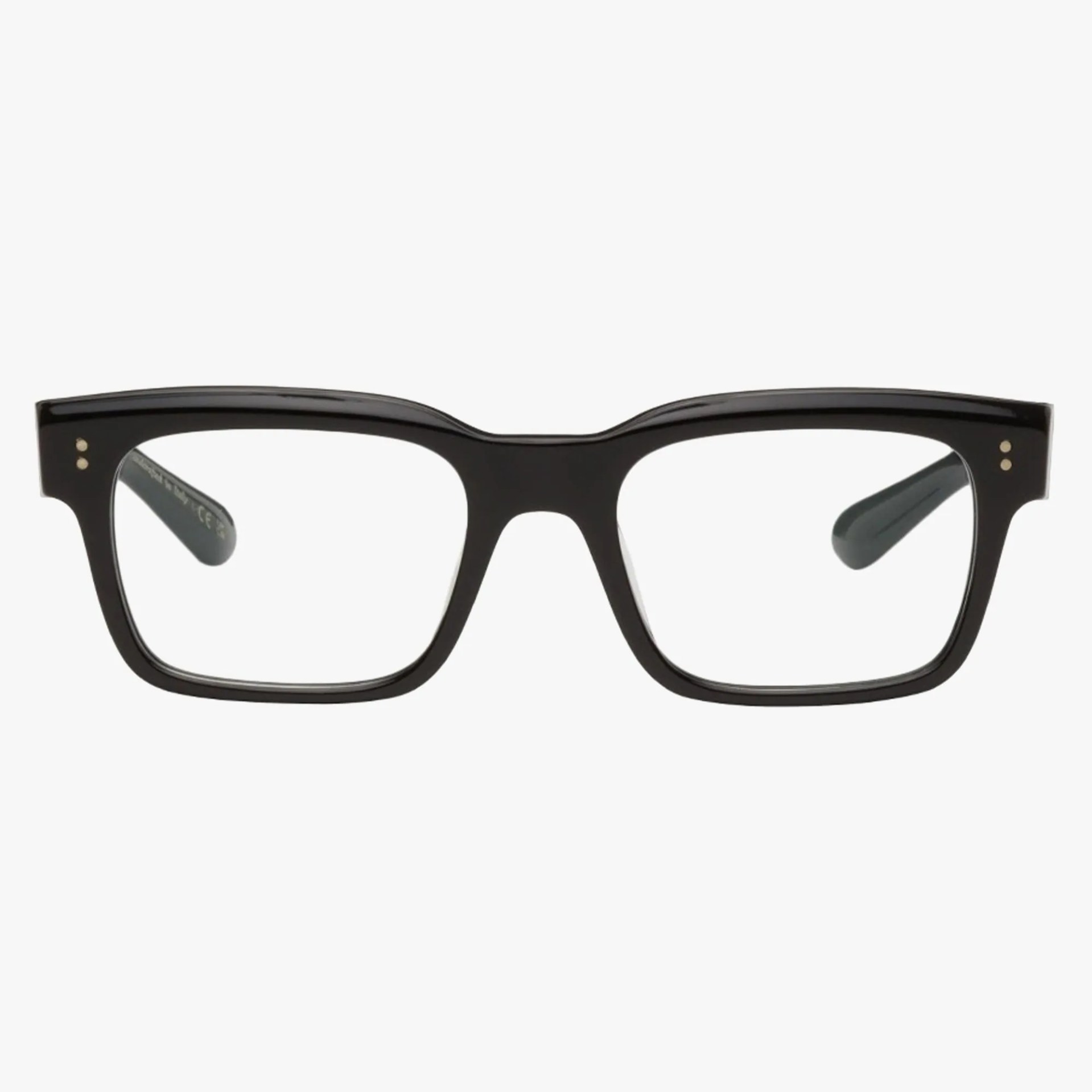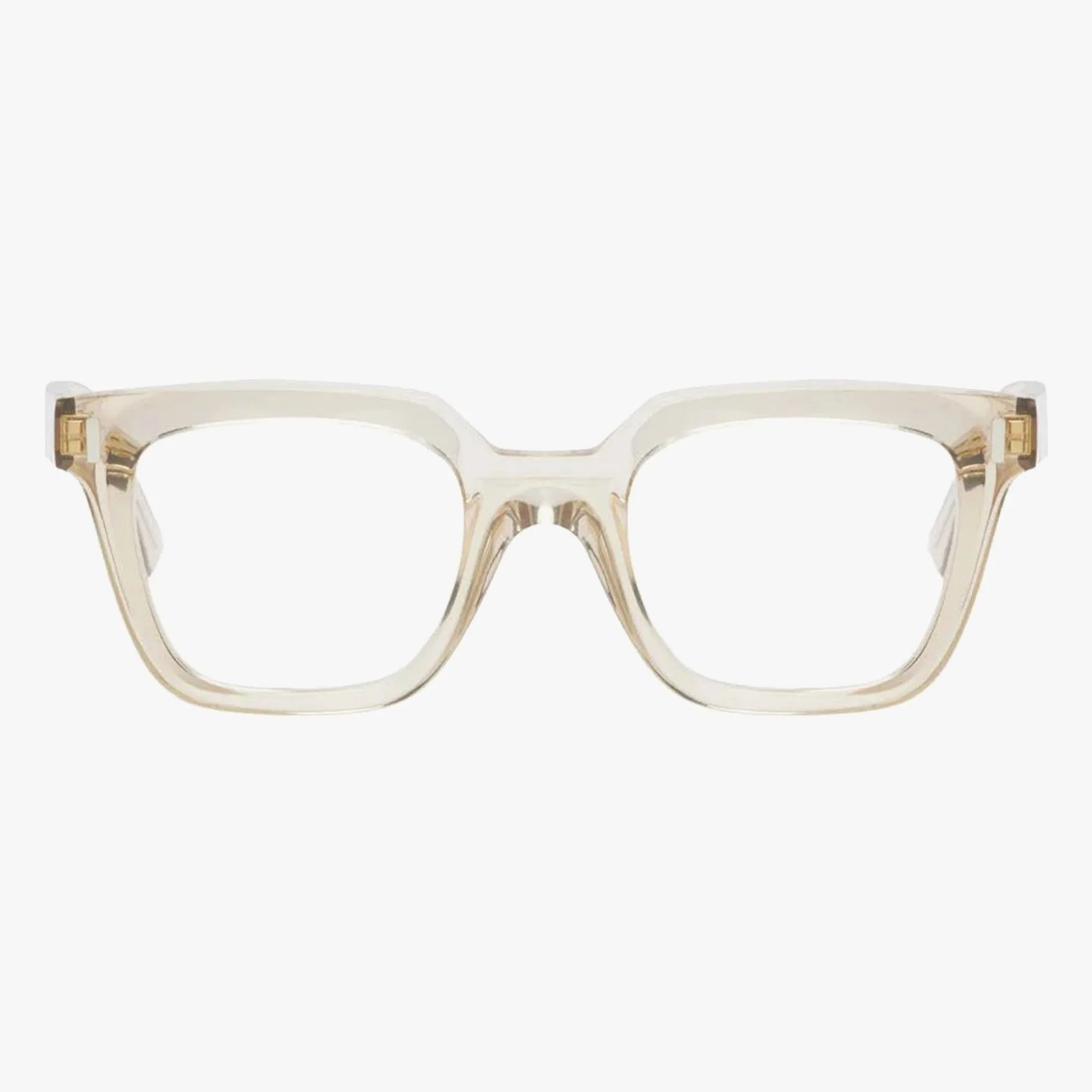According to the non-profit organization The Vision Council, 75 percent of American adults rely on vision correction — either glasses or contacts — each day. Of these more than 194 million adults, 85 percent choose glasses and 15 percent wear contacts, either exclusively or in tandem with their frames. But expect to see even more of both in years to come, researchers believe. Myopia (aka nearsightedness) impacted 1.4 billion people globally in 2016, The Vision Council reported. That number will likely reach over 5 billion by 2050, but we could get there even sooner, more recent studies suggest. Our hours of daily screen time multiplied exponentially during the pandemic, and overworked, blue-light-battered eyes deteriorate.
But don’t freak out. While all the aforementioned data serves as a warning, it’s also reassurance — you’re not alone.
Products in the Guide
-
Warby Parker Elias
Read more -
Persol PO3189V
Read more -
Jacques Marie Mage Molino 55
Read more -
Akila Luna
Read more -
YesGlasses WALL-E Eyeglasses
Read more -
SALT Optics Brower RX
Read more -
Ray-Ban Clubmaster Optical
Read more -
Garrett Leight Regent
Read more -
Mr. Leight Crosby C
Read more -
Ace and Tate Neil Large
Read more -
Roka Cade
Read more -
Native Sons Black Carver Glasses
Read more -
Raen Cy Glasses
Read more -
Matsuda Transparent M2047
Read more -
Retrosuperfuture Numero 83 Glasses
Read more -
Moscot Lemtosh
Read more -
Oliver Peoples Hollins
Read more -
Cutler And Gross 1305 Glasses
Read more
How to Buy Glasses Online
For those familiar with how things work, meaning those that wear glasses or contacts already, it’s no stretch to say the way we buy glasses has changed. There are direct-to-consumer brands aplenty, companies galore that can swap out old lenses for you, and stores for every style that sell glasses at lower prices than ever. It’s sort of the Wild, Wild West out there; that’s why it can be so hard to pick the perfect frame for you. There are just so many options. But there’s an order of operations to all of it.
Consider Your Insurance Plan
Check if your vision insurance plan (if you have one). Most plans account for annual exams, lenses, frames and contacts, meaning you’ll likely be given up to a certain amount to spend on each. That amount might cover a full-price pair of frames; it might not. If you’re seeking out a pricier pair, it’ll probably only be a partial payment toward the full amount.
Get an Eye Exam
Before you shop for glasses, get an eye exam. There are national organizations — like The AOA Foundation and EyeCare America — that connect individuals to offices that do routine eye exams. And they’re completely covered, even if you’re uninsured.
It’s best to know your prescription and if you’ll need any add-ons ahead of time. These appointments will also give you pertinent info like your PD (pupillary distance) and your ideal frame width. Plus, it’s an opportunity to discuss whether you need bi- or trifocals, anti-fog or anti-reflective coatings, transition lenses or perhaps lenses tinted a certain color to help with headaches or block blue light.



